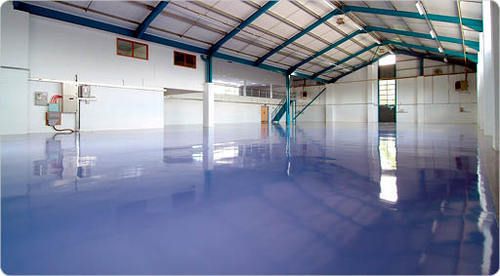Most electronics manufacturing and testing facilities use some type of anti-static flooring, to prevent component failure. This static control flooring explained by different names: anti-static, static dissipative, ESD, conductive, dissipative, grounded, static-free and static-resistant.
Before choosing anti static flooring and controlled footwear, different scenarios must be identified. If you are interested in further more information about the antistatic floor,
click here
https://www.bspfloors.com/818241/esd-floor-systems-antistatic-conductive-pvc-bsp.
Personnel can not feel the static charge accumulation, until the discharge reaches 3500 volts or greater. Workers can easily produce 500 volts of static electricity in a new floor, and do not realise it. Therefore, footwear must be evaluated at the same time as the new ESD floor.

A static control floor must prevent static build-up and allow the safe dissipation of existing static charges on people, equipment / carts, chassis and seating. If due diligence is done, the static control floor meets the expectations of the buyer.
If the floor is not properly evaluated as part of the entire ESD control system, with all the environmental factors considered, it is very possible that the floor can contribute to the same problem that is designed to eliminate.
For the best quality control, anti-static flooring and footwear must be tested simultaneously. If the facility uses only conventional pass / fail resistance test, problems can result in ESD control system, with no possibility of detection.